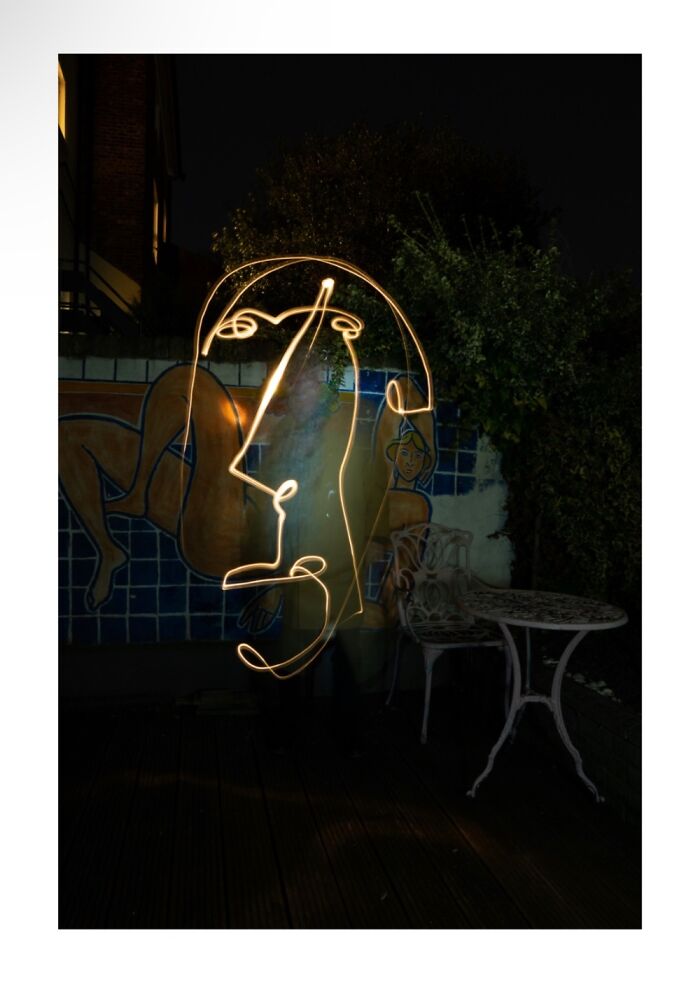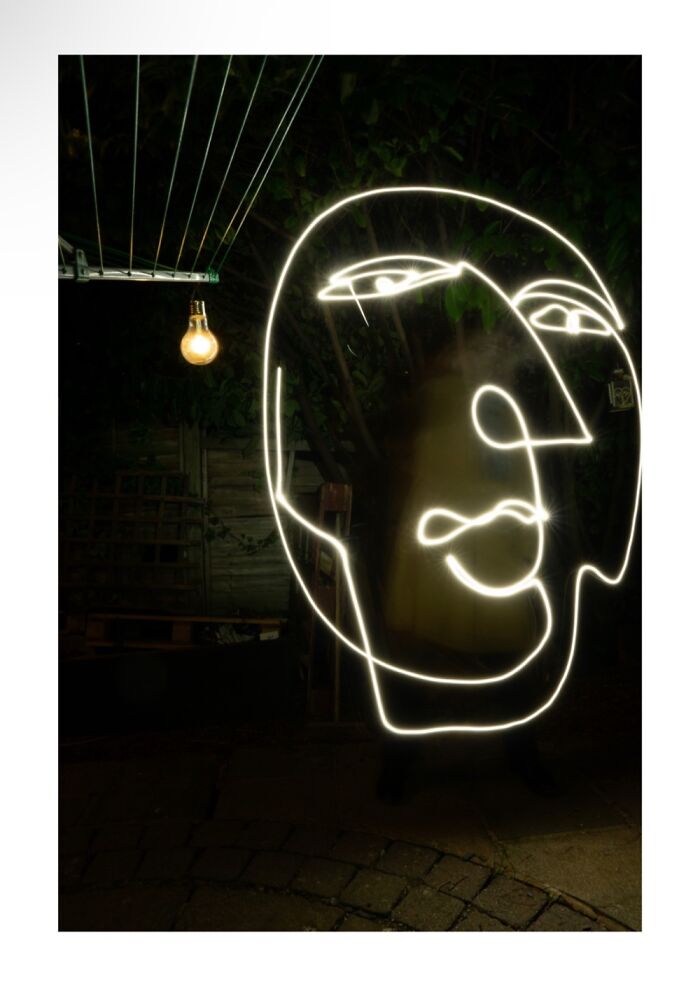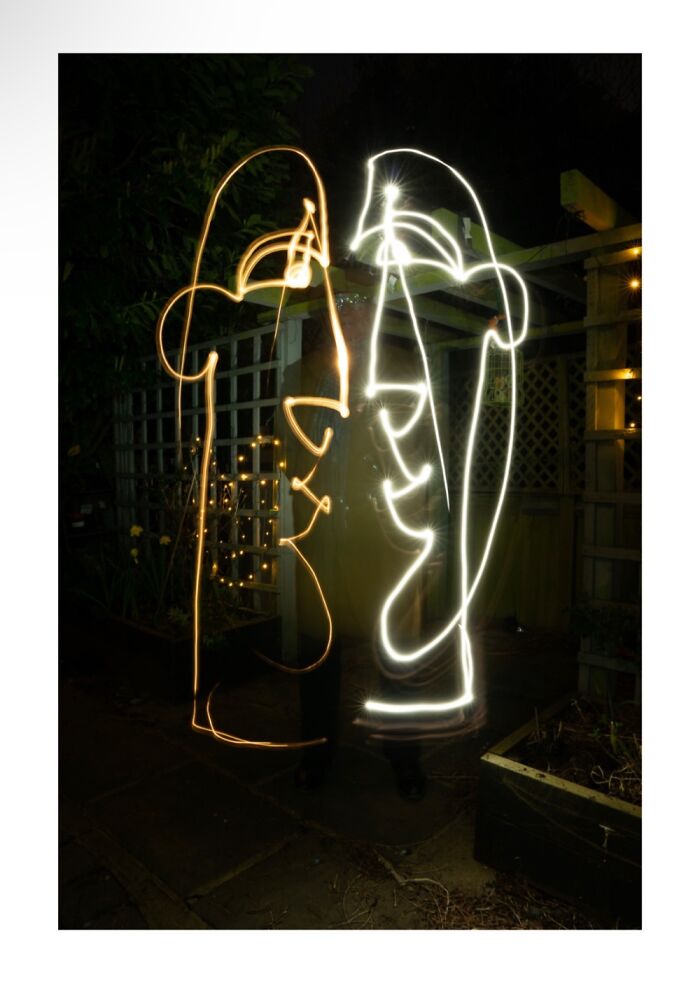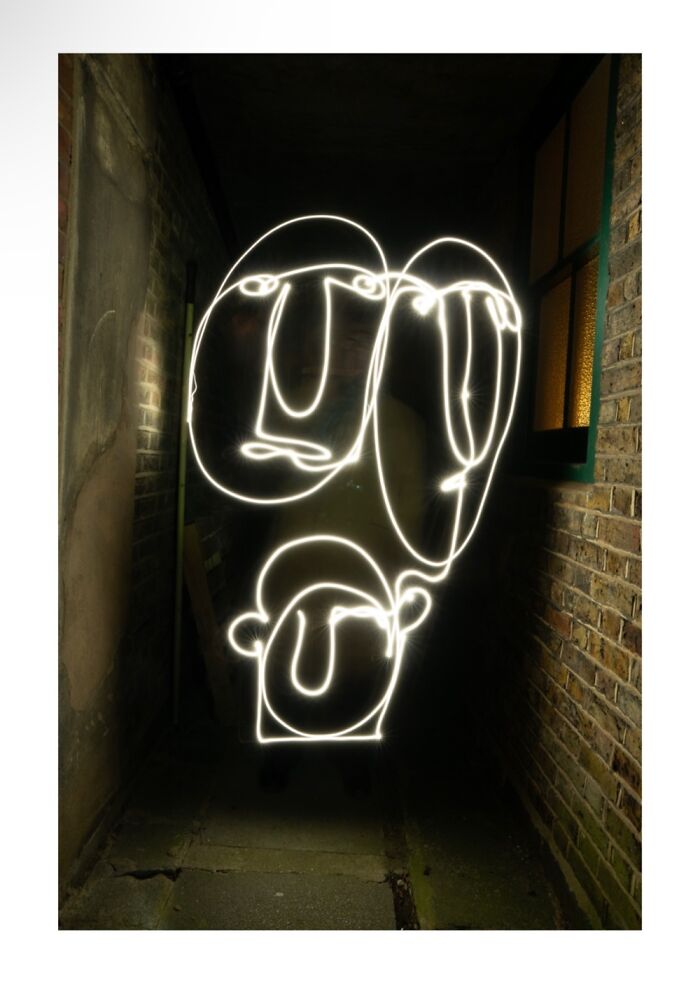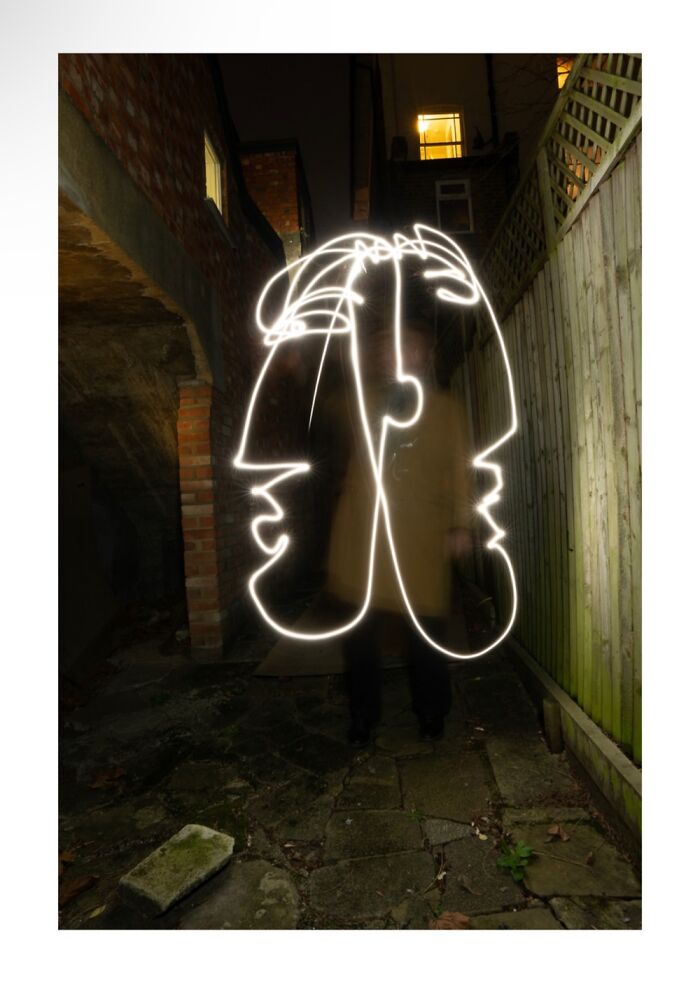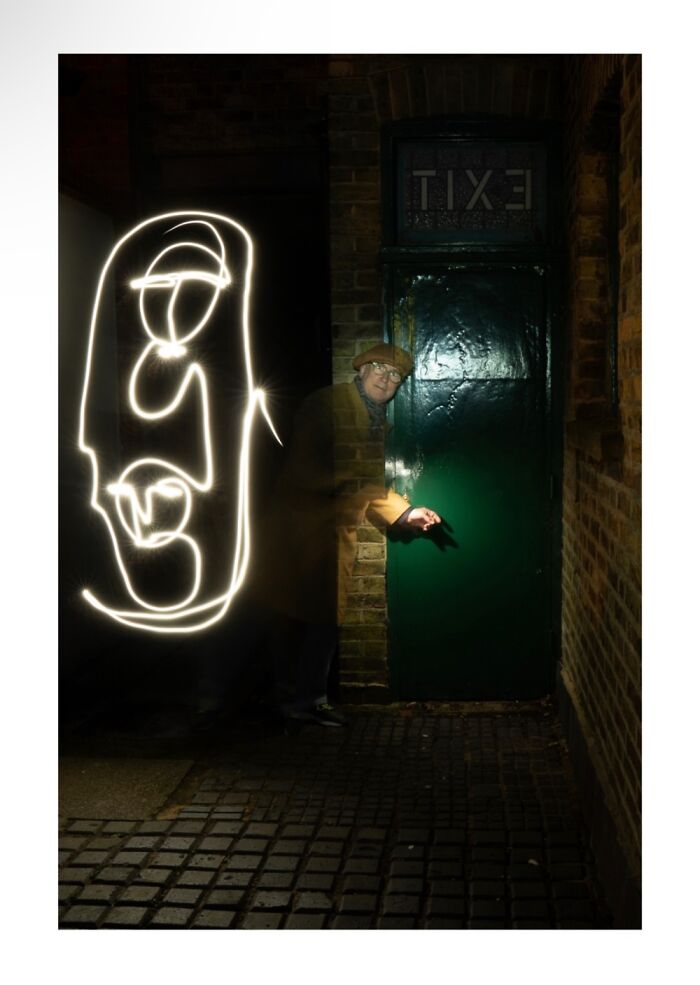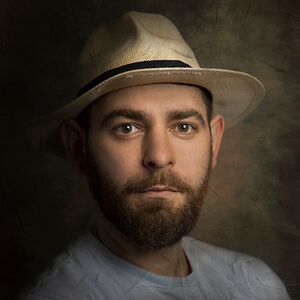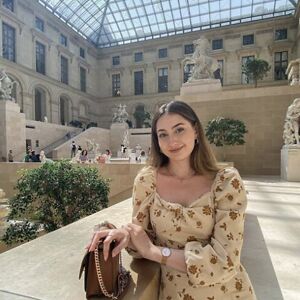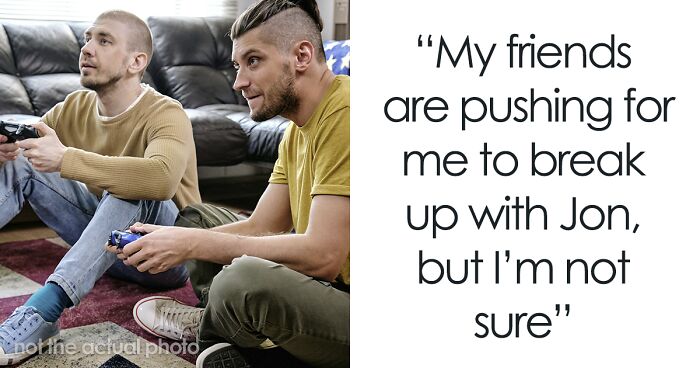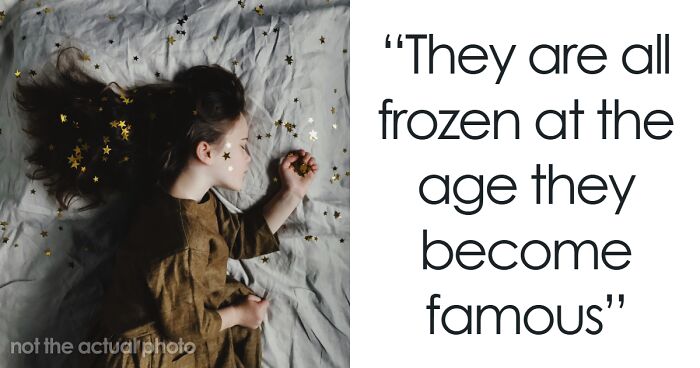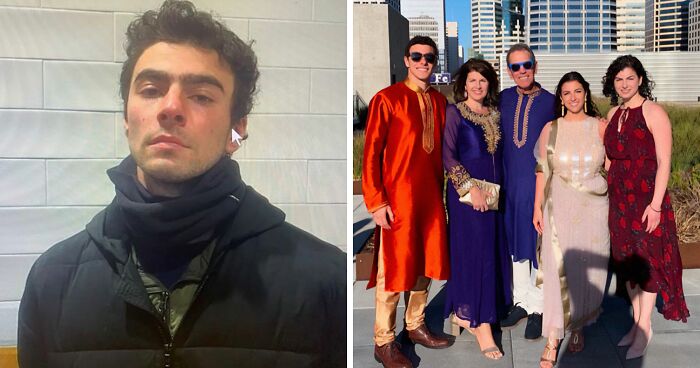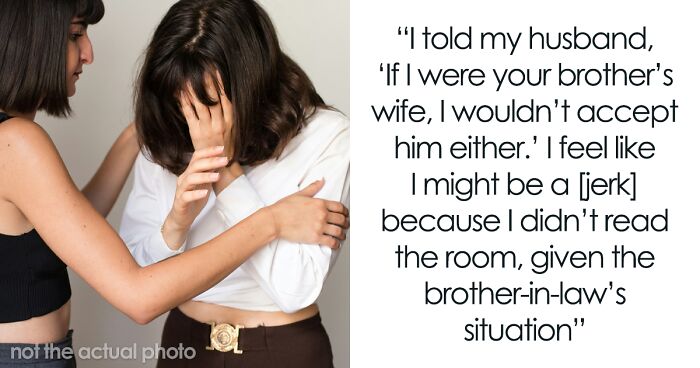
112views
For My Project, I Was Inspired By The Love Life Of The Painter Pablo Picasso, And Made These Photos (6 Pics)
For my project, I was inspired by the love life of the painter Pablo Picasso. Throughout his life, he had several wives because he no longer considered them attractive after they gave birth to his child. He fell in love, and after his child was born, the love disappeared, and he looked for that love in a younger woman.
I created a series of 6 images using the light graffiti technique and with the help of the artist Weef Smith, a friend of mine. The images successively depict the stages from loneliness and love, to family and its destruction: Her alone, then Picasso alone, both of them falling in love, forming a family, having a child, and him running away and leaving his family. These 6 pictures were taken in the garden of the artist Weef in 4 separate meetings.
This post may include affiliate links.
Pablo Picasso
My initial plan was to create a portrait series of Weef’s wife, who is the artist I work with, inside the house. Seeing the outcome of the picture, I was not satisfied because I realized that it didn't have the strong story I wanted. So, I decided to create a more impactful, meaningful series. This new series was inspired by Pablo Picasso’s love life because it has the spice and catchiness that I want. I started thinking about what kind of pictures and figures I should include that show his entire disastrous love life in just 6 images. I focused on one cycle: meeting, getting to know each other, falling in love, forming a family, having a child, and him departing.
One Of His May Wife’s
Feeling In Love
This series came out with great success in terms of the story. I think I was able to portray the disastrous love story of Picasso through my pictures very clearly, and I am happy with that. However, it wasn't as easy as I initially thought. The biggest challenge was working with light and time. It was exceedingly difficult to bring out the same tone and intensity of light in all the pictures. On the other hand, it was challenging to monitor the clock and maintain the same intensity of light for a consistent duration in each picture to achieve a uniform freezing effect of the artist. After 4 meetings and attempts, I managed to take a series of fairly balanced pictures in terms of light.
Having The Kid
The work of Pablo Picasso and Gjon Mili contains various elements: centaurs, flowers, people, objects. My work is focused only on portraits. Both he and I used two types of light and colors: white and yellow. White light is used more often in both of our projects. In my pictures, there are geometric elements related to the inspiration of Picasso: cubes, pieces of square stone, tiles, bricks, lines from the dryer. Picasso always has doors, stands, chairs, and other geometric elements around him.
Problems
I achieved the results I wanted, but if I had more time, I would have definitely developed the project further because there's always room for improvement. Also, I would have expanded upon it because I saw much more potential in the project than I initially thought. In every photograph, I would distinguish the characters (him and her) with specific colors. Another aspect I would refine would be the details of the drawings, as I observed that the artist improves with each drawing. I asked him to create 6 paintings on canvas to explore another idea, where I combined the light painting image with the drawing (half-half). This wasn't the first time I used light graffiti for shooting, but I believe this effort was more elaborate, and I invested more in the research too.
Pablo Is Running Leaving The Family Behind
I have several other projects in mind where I intend to use light graffiti because I view it as an excellent technique. I can merge the futuristic with the traditional, which mirrors drawing. The difference between the first and the last shoot is significant due to the impact of lighting, and mastering its manipulation was a challenge. In post-production, I strived to maintain the same light intensity across all 6 pictures, ensuring consistency among them. Fortunately, the project surpassed my initial expectations, and I am incredibly pleased with the outcome.

 Dark Mode
Dark Mode 

 No fees, cancel anytime
No fees, cancel anytime 


